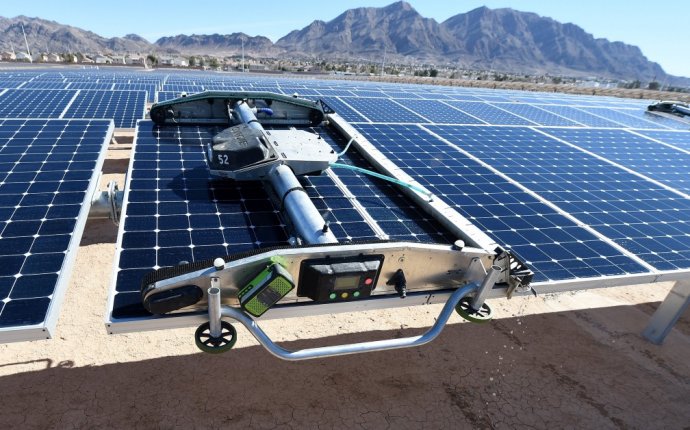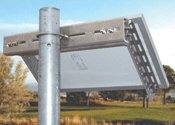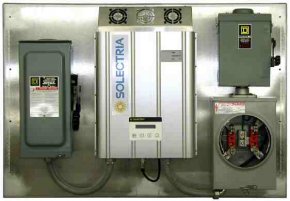
Components of solar Panels

Introduction
Solar electric systems are a popular choice among renewable energy options due to the relatively low maintenance requirements and the long lifetime of many of the system components. Because there are no moving parts, and thus little chance of mechanical failure, most solar electric systems will continue to produce power for 30 years or more!
Although some smaller solar electric systems can be relatively straightforward to install, many people choose to hire installers. Regardless of whether you plan to install an cabin system yourself or have a contractor install a system, you will benefit from understanding and properly maintaining each component in your system.
Photovoltaic Modules aka Solar Panels, Solar Electric Panels or PV Modules
PV Modules
PV modules are known as solar panels or solar electric panels. We'll be using the terms interchangeably throughout this article although "PV Module" is the more technically correct terminology.
Solar panels provide electricity from sunlight. They are typically made of silicon crystal slices called cells, glass, a polymer backing, and aluminum framing. Solar panels can vary in type, size, shape, and color. In most cases the “size” of a PV module refers to the panel’s rated output wattage or electricity generating potential. Solar panels also have voltage ratings. Those with of 12 or 24 Volts are generally preferred for off-grid systems with battery banks. Other solar panels come in less common nominal voltages such as 18, 42, and even 60 Volts. These modules are typically used in grid-tied applications to accommodate the working of grid-tied inverters. Solar panels can be used alone or combined into arrays by wiring them in or in to achieve the needed . The price of most large residential or commercial PV modules can range between .20 and .40 per rated watt.
 Balance of System (BOS)
Balance of System (BOS)
In PV system terminology, everything besides the PV modules themselves is called “balance of system” or BOS. We’ll go over the main BOS components below, one at a time, in the direction of electricity flow through a typical system.
Solar Panel or PV Module Mounting Systems
Side-of-Pole Mount for Solar Panel or PV Module
Solar panel mounting systems include hardware to permanently affix the array to either a roof, a pole, or the ground. These systems are typically made of aluminum and are selected based on the specific model and number of modules in the array as well as the desired physical configuration. Solar Panels work best at cooler temperatures, and proper mounting allows for cooling airflow around the modules. For all locations, wind loading is an installation factor, and it is extremely important to design and pour the cement foundation properly for any pole mount. are a pole mount option to increase energy production by moving the array to face it into the sunlight as the sun moves across the sky. A solar array on a tracker will produce more energy than a fixed array. Trackers are often used in water pumping applications. The cost of a tracker can be significant, and due to the possibility of breakdown, they are best recommended to the mechanically inclined. The cost of a mounting system varies based on the number of modules and type of mount. The average cost is between $250 and $1, 000 for a fixed array and $2, 000 and up for a solar tracker. Another cost-estimating factor for mounting racks is $0.50 to $1.00 per rated array Watt.









